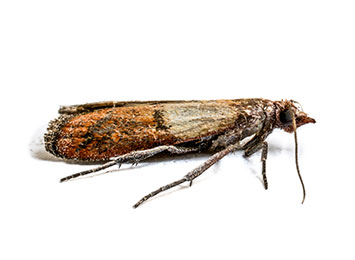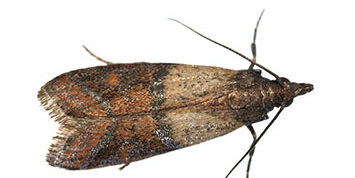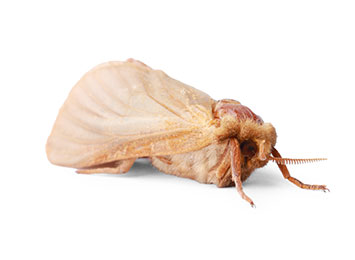Moths aren’t directly harmful to people, but they can cause a lot of damage to merchandise and food if left to their own devices. Moth control services are very useful for industries that deal in textiles and food distribution. They pose sanitation risks and can eat holes in clothing and other fabrics, making them look shabby and ruining their value.
If you’re dealing with a moth problem, call Assured Environments. We’ll help set up a personalized moth control plan.




